Click here and press the right key for the next slide (or swipe left)
also ...
Press the left key to go backwards (or swipe right)
Press n to toggle whether notes are shown (or add '?notes' to the url before the #)
Press m or double tap to slide thumbnails (menu)
Press ? at any time to show the keyboard shortcuts
A Dual-Process Theory of Mindreading
Dual Process Theory of Mindreading (core part)
Two (or more) mindreading processes are distinct:
the conditions which influence whether they occur,
and which outputs they generate,
do not completely overlap.
What models of minds and actions, and of behaviours,
and what kinds of processes,
underpin mental state tracking in different animals?
Way forward:
1. Construct a theory of behaviour reading
2. Construct a theory of mindreading
1. computational description
-- What is the thing for and how does it achieve this?
2. representations and algorithms
-- How are the inputs and outputs represented, and how is the transformation accomplished?
3. hardware implementation
-- How are the representations and algorithms physically realised?
Marr (1992, 22ff)


1. computational description
-- What is the thing for and how does it achieve this?
2. representations and algorithms
-- How are the inputs and outputs represented, and how is the transformation accomplished?
3. hardware implementation
-- How are the representations and algorithms physically realised?
Marr (1992, 22ff)
Q1
Why is belief-tracking in adults sometimes but not always automatic?
Q2
How could belief-tracking ever be automatic given evidence that it depends on working memory and consumes attention?
Q3
Why are there dissociations in nonhuman apes’ performance on belief-tracking tasks?
a dual-process theory


Process 1 -> Response 1
Process 2 -> Response 2

Dual Process Theory of Mindreading (core part)
Two (or more) mindreading processes are distinct:
the conditions which influence whether they occur,
and which outputs they generate,
do not completely overlap.
1. Mechanisms
Conjecture: Some mindreading processes are more automatic than others.
Prediction: Varying task instructions will differentially affect responses indicative of mindreading.
2. Models
Conjecture: Some automatic mindreading processes rely on minimal models of the mental.
Prediction: Those mindreading processes are subject to the signature limits of minimal models.
Conjecture: Some automatic mindreading depends on motor processes.
Prediction: Impairing motor processes can impair mindreading.
evidence?





conjecture
although representations processed automatically may not feature in practical reasoning,
automatic mindreading could affect motor actions
and so initiate action in the right direction.
Maymon et al, pilot Figure 1, used with permission
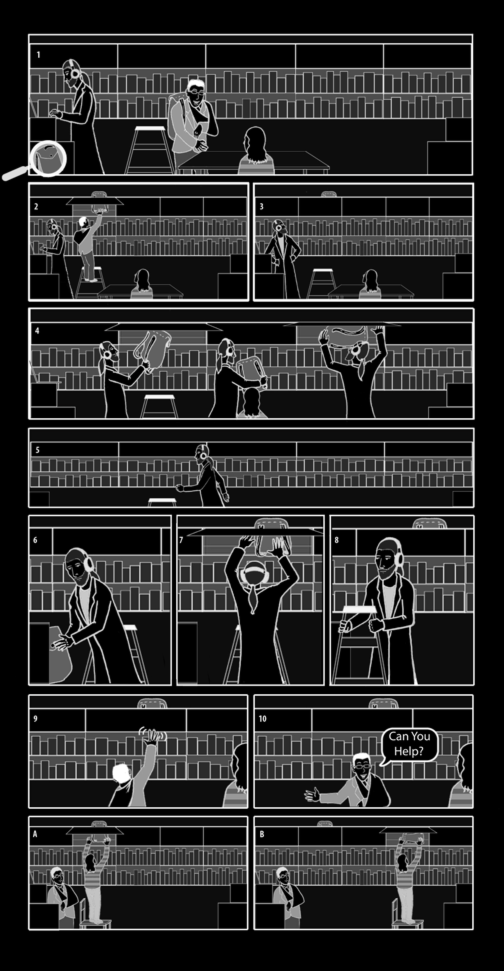
Maymon et al, pilot Figure 1, used with permission
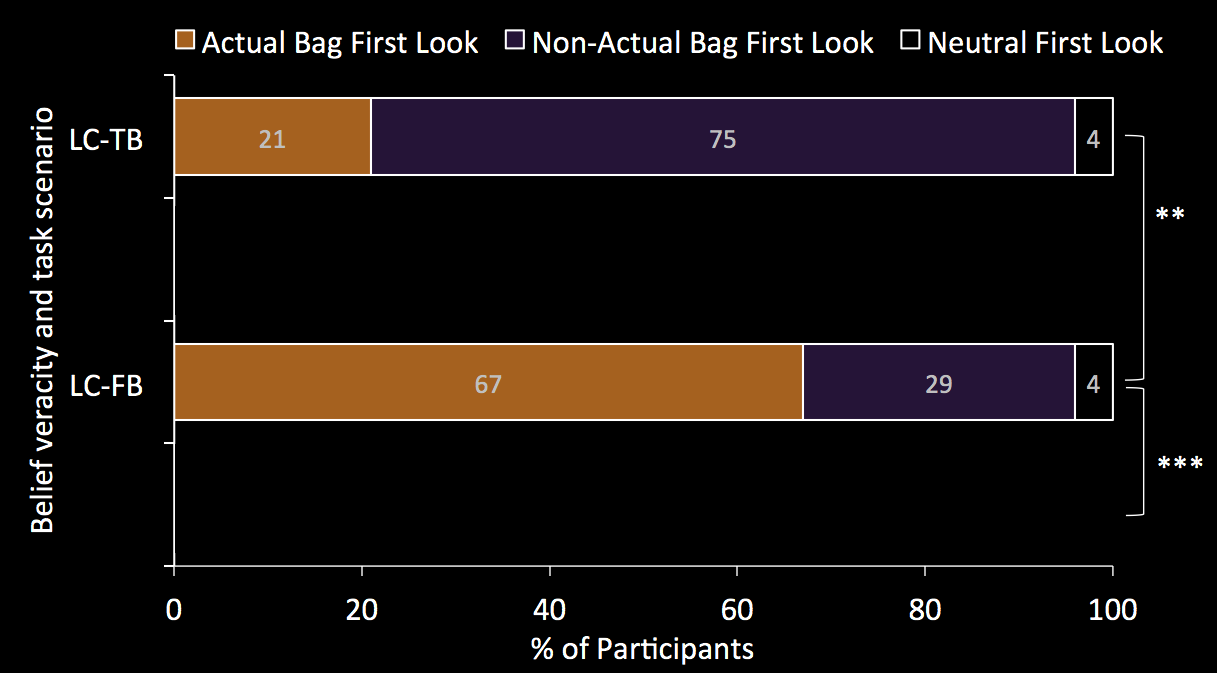
Maymon et al (pilot), figure 2, used with permission
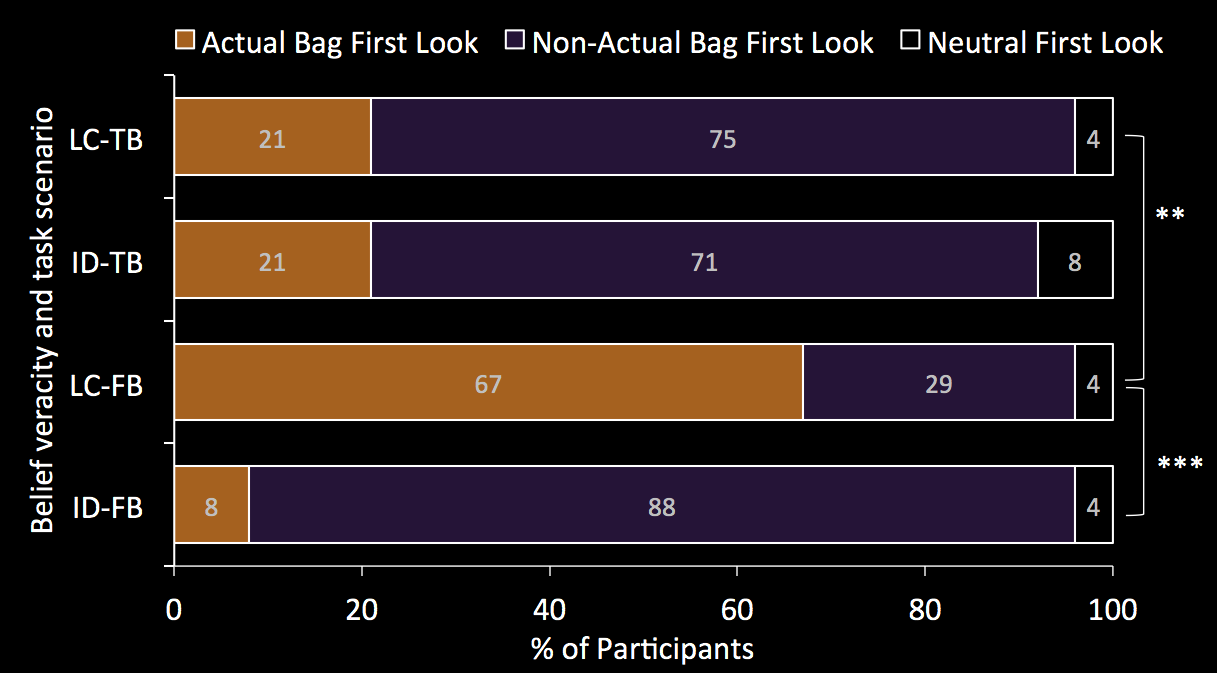
Maymon et al (pilot), figure 2, used with permission
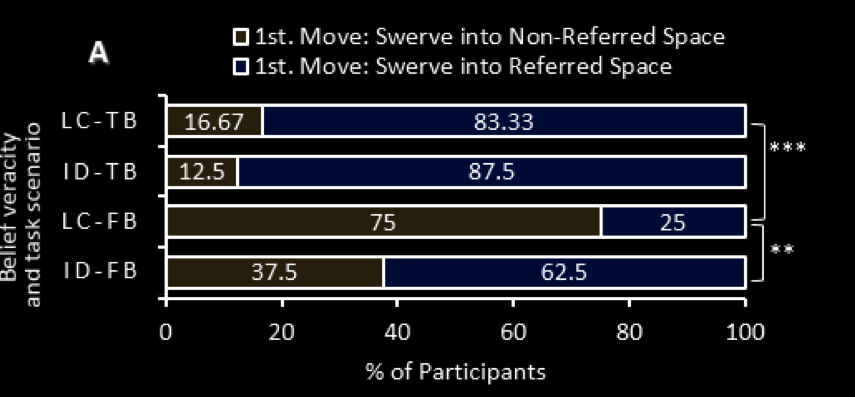
Maymon et al (pilot), figure 2, used with permission
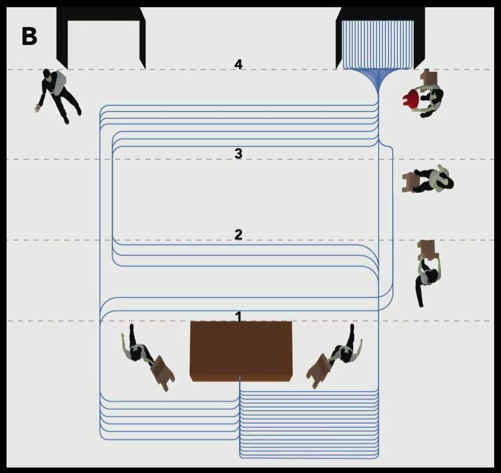
Maymon et al (pilot), figure 4B, used with permission
How could implicit mindreading influence action
independently of practical reasoning?
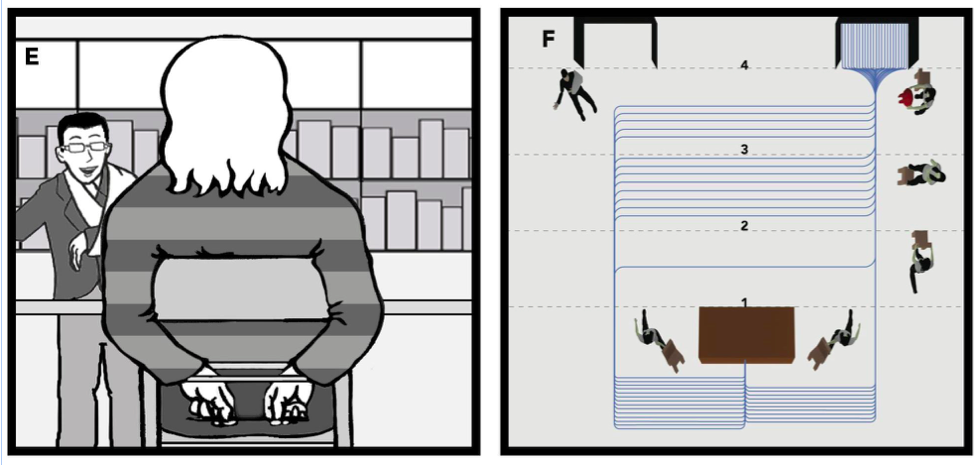
Maymon et al (pilot), figure 4E-F, used with permission
Implicit mindreading doesn’t control how you end up acting, but it can set you off in the right direction.
Prediction:
Slowing 1- or 2-year-olds’ helping responses would reduce the probability that their responses indicate belief tracking.
(And the opposite may be true for adults.)

Dual Process Theory of Mindreading (core part)
Two (or more) mindreading processes are distinct:
the conditions which influence whether they occur,
and which outputs they generate,
do not completely overlap.
1. Mechanisms
Conjecture: Some mindreading processes are more automatic than others.
Prediction: Varying task instructions will differentially affect responses indicative of mindreading.
2. Models
Conjecture: Some automatic mindreading processes rely on minimal models of the mental.
Prediction: Those mindreading processes are subject to the signature limits of minimal models.
Conjecture: Some automatic mindreading depends on motor processes.
Prediction: Impairing motor processes can impair mindreading.
What about the three questions?
Q1
Why is belief-tracking in adults sometimes but not always automatic?
Q2
How could belief-tracking ever be automatic given evidence that it depends on working memory and consumes attention?
Q3
Why are there dissociations in nonhuman apes’ performance on belief-tracking tasks?